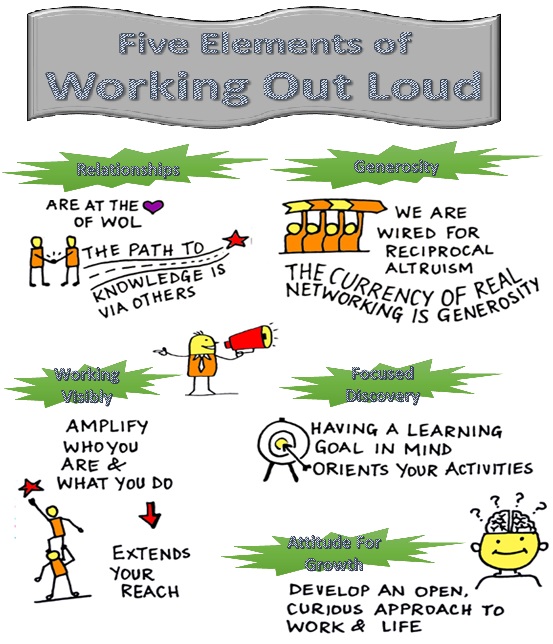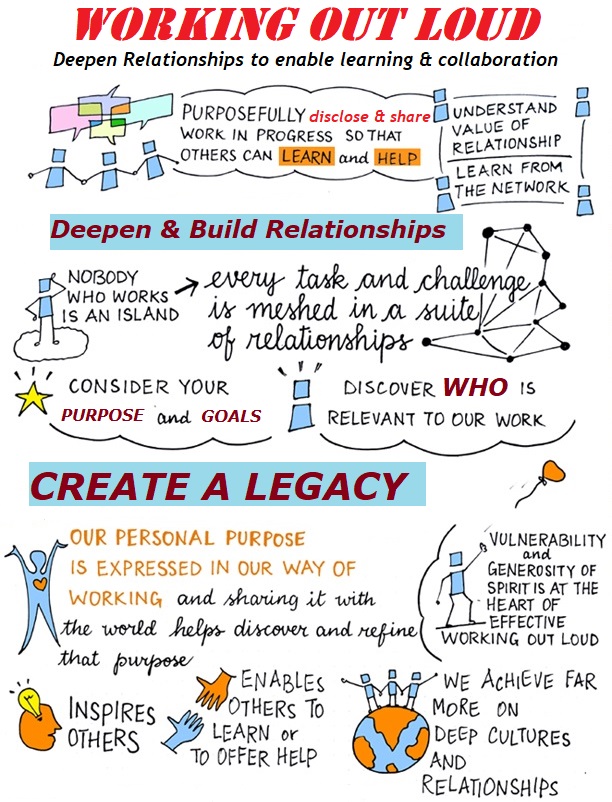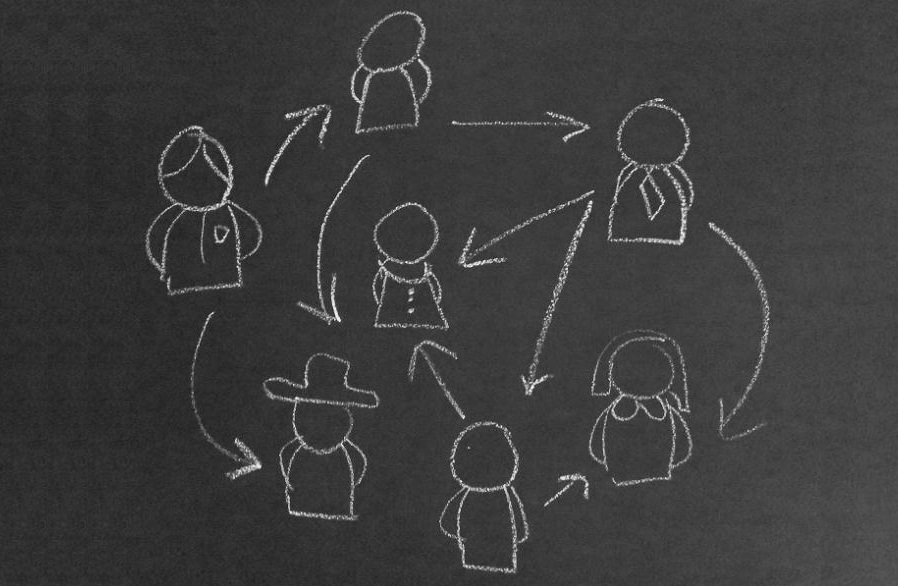
Do we like someone more if they stand closer to us? Imagine we are the only person in an elevator when the door opens and someone walks in and stands right next to us. Uncomfortable is likely an understatement to describe how we would feel. But are there other circumstances in which a stranger can get that close to us and elicit not alarm bells of warning, but feelings of warmth? According to research, the answer is yes.
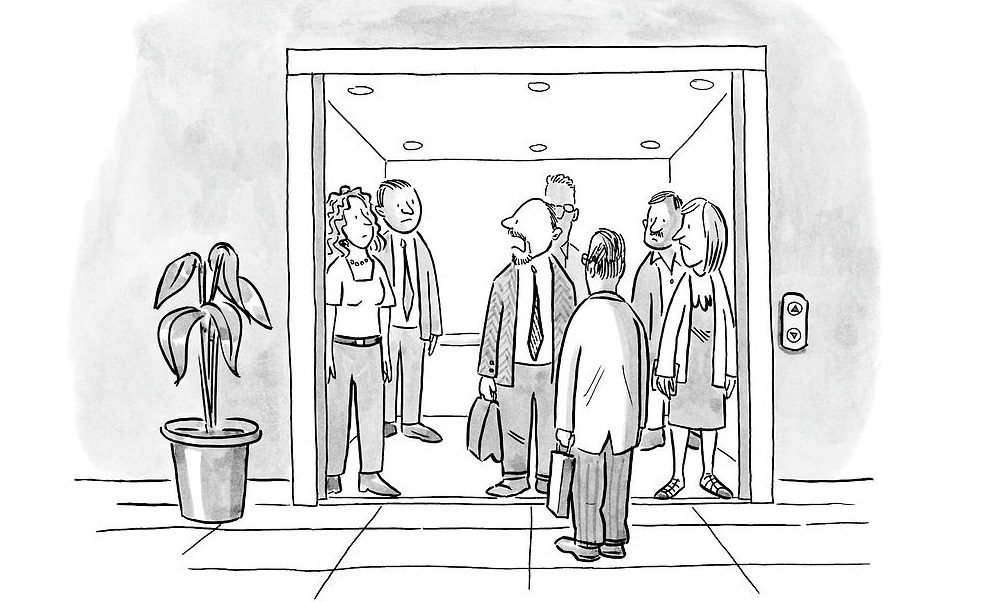
In today’s world, we are mindful of social distance expectations, whether cultural, social, or preventive post-pandemic. We are also aware of personal boundaries, and the reality that different people have different comfort zones, and do not appreciate “space invaders.” Yet in some situations, it appears that proximity can have a positive effect on first impressions, quality of interaction, and even generosity.
Research demonstrates that closer physical distance increases compliance with a request from a stranger on the street. Many of us are familiar with this phenomenon. As we pass people on the street for example, whether selling balloons, pens, or seeking to register people to vote, we might behave differently when approached physically, versus called out verbally from someone sitting behind a table.
In addition to a social distance sweet spot, depending on whether the speaker is too far or too close to us, our reaction might also depend on group membership. People seated alone in public are more likely to comply with a request from an in-group member over an out-group member at close and medium distances, but not at a far distance. The rationale suggested that out-group members create more interpersonal anxiety at close range, which decreases compliance; distance decreases this effect.
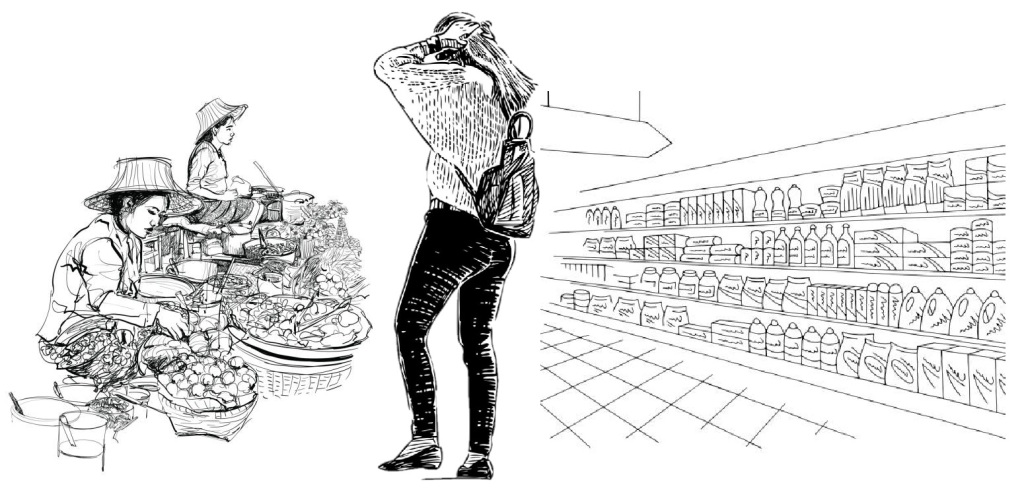
Research also indicates that there may be a link between proximity and generosity, specifically, the impact of interpersonal distance between customers and servers on tipping behavior. A range of behaviors have been known to generate better tips, like, squatting down next to the table, drawing a smiley face on the back of the check, mimicking patron nonverbal behavior, and introducing themselves by name. Therefore, proximity might actually enhance the perception, and productivity of interpersonal interaction.

Proximity and familiarity
Proximity means geographical closeness. An obvious and basic requirement for forming a relationship is that the people involved need to be geographically close enough to have opportunities to interact with each other. We may find a certain film star very attractive but if we never get the chance to meet them or talk to them then we will have no chance of forming a relationship. If we examine friendship patterns of people living in blocks of flats then they will be much more likely to be friendly with the people who live near them on the same floor than with people living on different floors just because they have more opportunities to meet and get to know each other.
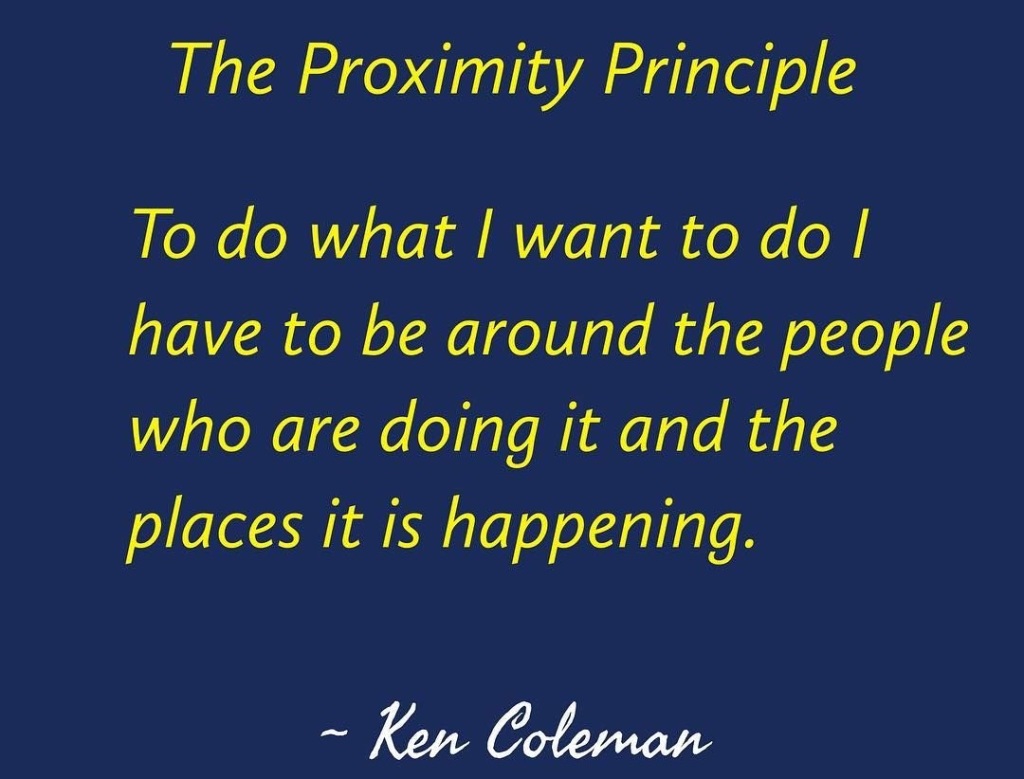
Similarly people are more likely to form friendships at work with the people working near them and students will be more likely to form friendships with people studying the same subject and attending the same classes. Having more chances to interact with another person means that we become more familiar with that person and numerous studies have shown that we prefer people who are familiar to us rather than strangers. This is known as the ‘mere exposure effect’ (Robert Zajonc, 1968) which states that the more often we are exposed to a stimulus whether it is a sound, picture or person the more positively we will rate that stimulus.
So how do brands or companies use this phenomenon to their advantage? One of the greatest examples of this is the ongoing rivalry between Coca-Cola and Pepsi. In 1975, Pepsi conducted a blind taste test, which found that most consumers preferred the taste of Pepsi to Coke. In response to these results, Coke invested millions in market research to produce “New Coke,” a novel beverage designed using a sweeter formula, to replace the original Coke. The product was not well received by consumers and sales dropped. Within months, the original Coke had been brought back as “Coca-Cola Classic” and new beverage was dropped.
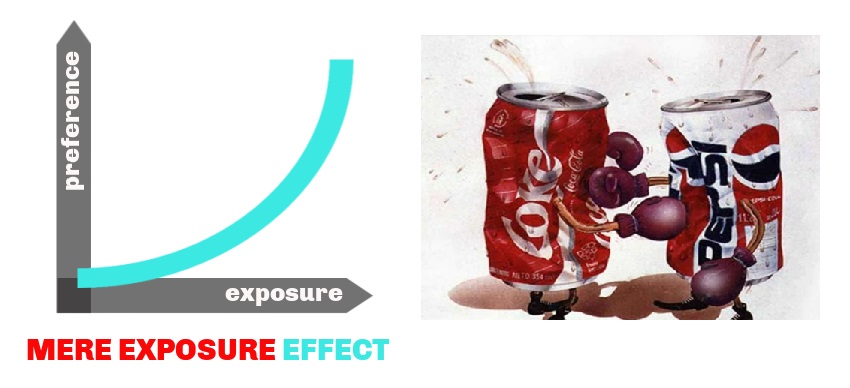
However, when Coke later produced their own taste test experiment they failed to consider the impact that advertising had on consumers. Though consumers did hold a preference for the taste of Pepsi, their constant exposure and familiarity with the classic red and white brand actually resulted in more consumers choosing Coke over Pepsi. This effect has been referred to as the “Pepsi Paradox,” described by Lone Frank in Scientific American.
Impact Of Proximity When Under Threat
From a biological standpoint, responding to potential threats as if they were clear and present dangers is typically adaptive. Imagine, for example, a hiker who encounters a curved object behind a log on the hiking path. It is far better—for the purpose of survival—to treat a benign twig as a snake and generate a defensive reaction than to ignore a potentially dangerous snake and continue walking blithely along the path. In a similar manner, people tend to represent perceived threatening objects as more physically immediate.
For example, people who have a cockroach phobia are more likely to perceive a cockroach as physically larger and moving more quickly towards them compared to those who are less fearful of it. Also, anxiety-prone people perceive negative emotional stimuli as if seen from a closer perspective. Perceived threats reduce body motion, decrease heart rate and increase anxiety in humans—the same physiological reactions found in animals (i.e., freezing) when threatened by predators. These sorts of responses are typically adaptive because they trigger a cascade of reactions that prepare the body for appropriate action (Flight or Fight).
The Function Of Intergroup Apology.
Building a wall between workgroups is a costly and contentious activity. A significantly less costly, and more socially constructive option for reducing threat-induced proximity is apology. An interpersonal apology reduces the desire for retribution and increase forgiveness. However, the link between intergroup apology and forgiveness is still being debated. The weakness of the intergroup apology-forgiveness link may be due, in part, to intergroup friendships.
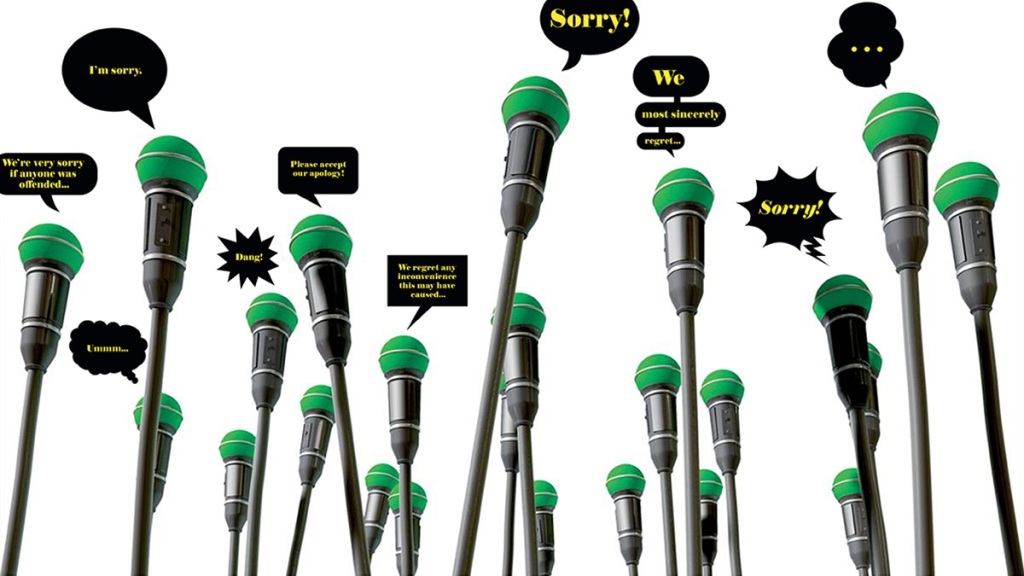
It has been long established that contact, particularly high quality cross-group friendship, promotes positive intergroup relations. However, the perceived severity of a transgression may be worse when victims have cross-group friends. This is because it may be especially painful to be harmed by those considered a friend. Research confirms that harm originating from close others heightens a sense of betrayal, which undermines forgiveness.
Physical Proximity, Serendipity And Collaboration
Physical proximity may foster the formation of collaborative relationships by generating an obligation to interact cued by the sensory presence of another person. This means that even employees who may not want to interact find it difficult to avoid the social obligation to engage in a chance encounter when in the presence of others.
There is also research that shows that physical proximity may inhibit collaboration by causing employees to socially withdraw. For example, employees who moved from enclosed to open offices to promote collaboration, identified a 70% decrease in face-to-face interaction. Rather than promoting chance encounters, too much proximity, such as in a crowded open-plan office, can trigger conflict, facilitate territorial behaviours and undermine collegiality. In this respect, physical proximity may fail to promote collaboration when employees feel disengaged from their organization, fail to communicate and/or identify with their colleagues.
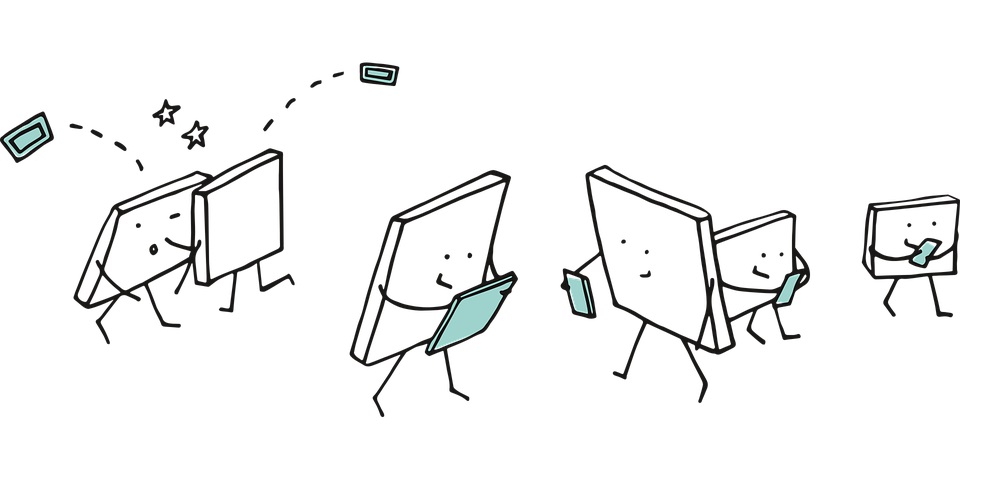
Serendipity – defined as a ‘search, with unintended discovery’– relates to the combination of prior knowledge, purposeful action and favourable accident that facilitates new discoveries. Another way to interpret it is that ‘chance favors the prepared mind’. The research on the role of chance encounters and social obligation in fostering collaboration indicate that an equal role for chance in the form of favourable accidents and search in the form of directed effort may aid in better collaboration.
Thus employees can actively facilitate serendipitous discoveries (and perhaps encounters) through a display of flexibility such as remaining open to new experiences, actively searching for information, paying attention to their environment, challenging the status quo and capitalizing on their social networks to make the most of surprises. Organizations can enhance serendipity by creating work conditions that combine constraint and freedom and through practices such as role rotation, and team-working that expose employees to diverse perspectives.
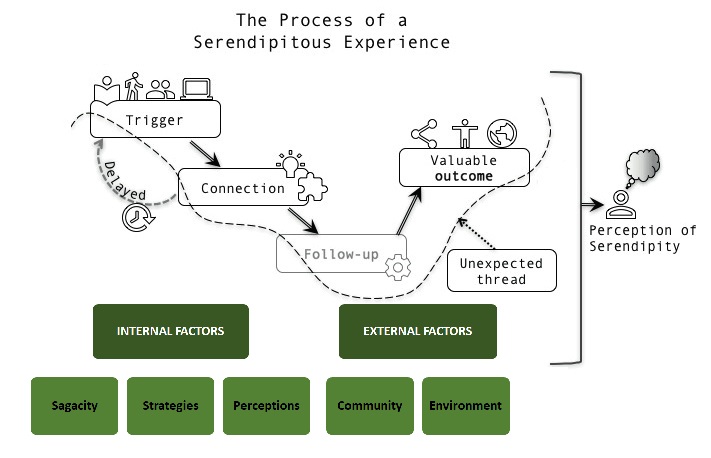
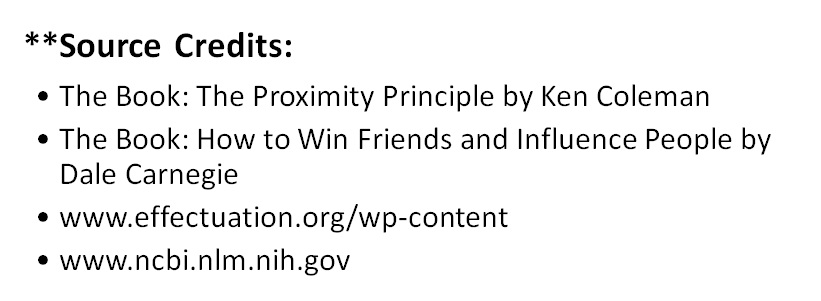
Content Curated By: Dr Shoury Kuttappa


